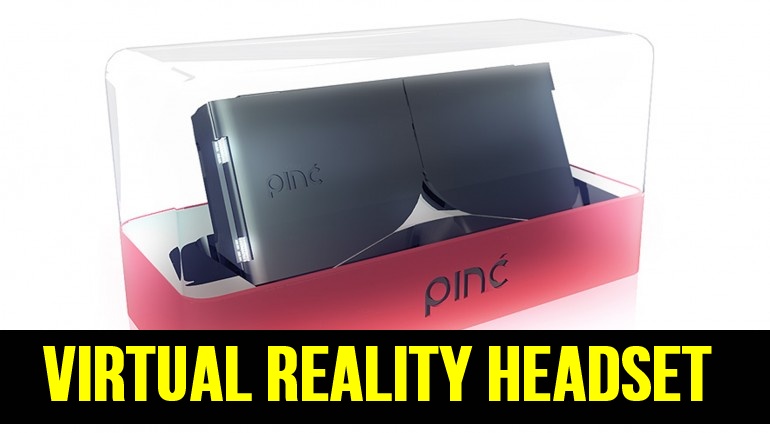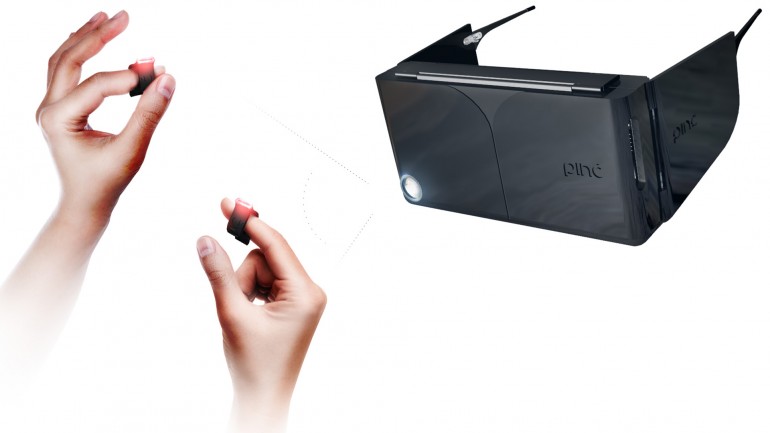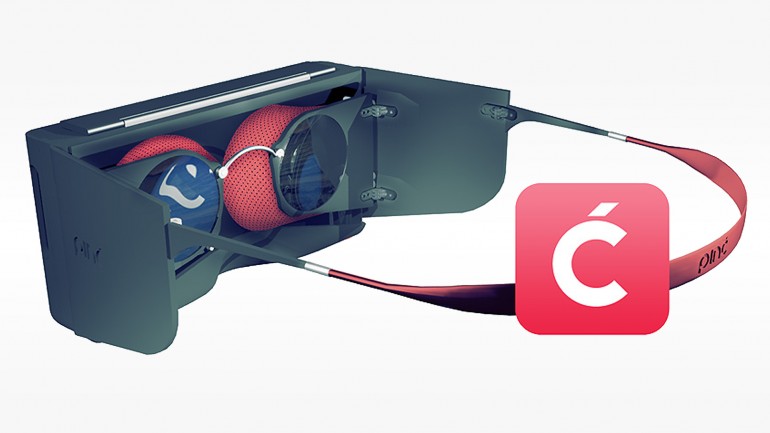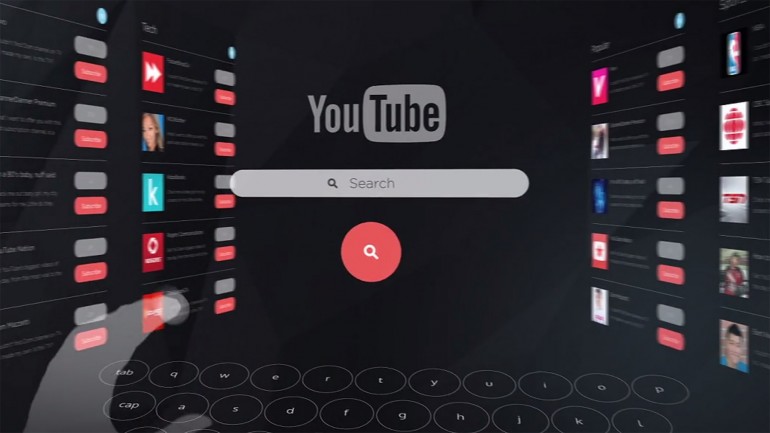While most virtual reality headsets place an emphasis on gaming, Canadian company Cordon Media believes that the technology is suited to everyday computing tasks such as browsing the web or watching video. It intends to bring its vision to the masses via the Pinć (pronounced “pinch”) VR headset, which is designed for the iPhone 6 and 6 Plus, and folds right up to fit in your pocket.
We’ve seen a number of virtual reality headsets announced over the last year, such as the Sony Project Morpheus, the low-key Zeiss VR and most notably the Samsung Gear VR. Similarly to those last two devices, the Pinć makes use of a smartphone, specifically the iPhone 6 or 6 Plus, to provide its processing and display.
However, unlike those accessories, the new headset isn’t designed with gaming in mind, but has its lenses fixed on common computing experiences like online shopping and watching video. Condon Media, the company behind the headset, has a background in building immersive, interactive commercial interfaces, and believes it can utilize VR tech to create a “next generation” computing experience.
The headset is paired with with optical control rings worn on the user’s index fingers. These are equipped with LEDs, and are tracked by the iPhone’s camera through a custom wide angle lens. The goal is to provide simple and intuitive navigation and manipulation of objects, using established gestures like pinch-to-zoom to interact with the virtual environment. At least in theory, the control method makes more sense than using more conventional controls such as a gamepad, and could be a good fit for virtual reality.
As with any VR headset, the amount of software available will greatly impact its chance of being a commercial success. While the company intends to release its own apps for the accessory, it will also make a developer SDK available, encouraging third party support.
Aside from its alternative focus, the headset has one other thing going for it. While other headsets designed to pair with a smartphone are reasonably bulky, the Pinć is designed to fold up and fit in the user’s pocket, acting as a protective flip case for the user’s smartphone when not in use.
Assuming the product’s crowd funding effort is successful, there’s still some way to go before its ready for mass production, with the company working on a number of refinements including headset comfort, the form factor of the rings and improvements to the custom wide angle lens.
The product is currently seeking funding through Indiegogo, with the effort set to conclude on December 23. Prices start at US$99 excluding shipping, with the first headsets scheduled to arrive on doorsteps in June 2015. At the time of publication, it’s raised almost 10 percent of its $100,000 goal, with 28 days to go.
When it comes to hardware Pinć is certainly not the first accessory attempting to bring an Oculus Rift-style VR experience to mobile devices— Google recently launched its Cardboard experiment, Samsung has Gear VR for its Note 4, and other companies have similar products that utilize the iPhone’s display— but Pinć’s software, integration into a standard-looking iPhone case, and gesture based input system make it one of the most promising implementations I’ve tried yet.
The company is launching a crowd funding campaign for the project starting today with a Discovery Edition of Pinc available for $99 and shipping by June of next year.












